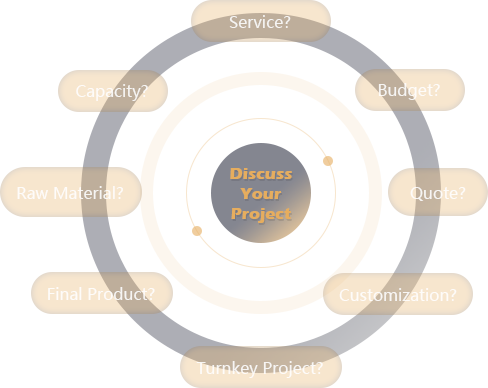As a key piece of equipment in the livestock breeding and feed processing industries, forage dryers, with their efficient moisture removal capabilities, are widely compatible with a wide range of green, semi-dry, and specialty forage materials. These include common high-quality forages such as alfalfa, sheepgrass, ryegrass, and clover. They can also process crop straw feed ingredients such as corn stalks, wheat straw, and rice straw. They can even handle the dehydration needs of drought-tolerant forages such as Astragalus and Sainfoin, as well as mixed forages after silage. Whether fresh forage with a high moisture content (60%-85%) or semi-dry forage after primary processing, the equipment's precise control enables standardized drying, paving the way for subsequent feed storage, transportation, and further processing.
The forage dryer's operating principle is centered around hot air convection drying, combined with the structural design of different models to create an efficient processing process. After the equipment is started up, the heat source system (which can be fueled by coal, gas, biomass, or electricity) first generates stable, high-temperature hot air, which is evenly distributed through a hot air distributor to the feed section of the main dryer. The dried grass enters the main dryer via a conveyor belt or screw feeder. It is continuously stirred and dispersed by lifters, rollers, or mesh belts, creating a sufficient heat and mass exchange with the hot air. The hot air absorbs moisture from the grass, converting it into moist hot air. Simultaneously, the moisture content of the grass gradually decreases during the continuous conveying process. In drum dryers, the grass is stirred three-dimensionally as the drum rotates. In mesh belt dryers, multi-layered mesh belts extend the drying path and ensure uniform heating. Finally, the dried grass (typically reduced to a moisture content of 12%-15%) is discharged from the discharge port. The moist hot air undergoes dust and humidity removal before reaching standard discharge standards. The entire process operates automatically and continuously, and precise control of temperature, air speed, and conveying speed allows for tailored drying characteristics for different grasses.
Forage dryers have penetrated numerous sectors, including livestock farming, feed processing, and agricultural waste resource utilization. In large-scale livestock farms, these dryers quickly dry freshly harvested forage, preventing mold and loss during the rainy season. This ensures winter feed supplies for herbivores such as dairy cows, beef cattle, and sheep, making them particularly suitable for forage reserves in northern China. In specialized feed processing plants, the dried forage can be further crushed and mixed to produce pellets, grass meal, and other products, enhancing their palatability and nutritional value. These products are widely supplied to farming cooperatives and individual farmers. In major crop-producing areas, these dryers convert previously incinerated straw into high-quality dry feed, achieving "straw-to-feed" resource utilization and contributing to the development of a circular economy in agriculture. Furthermore, in forage plantations, dryers, combined with harvesting equipment, form an integrated "harvesting-drying-storage" production line, significantly shortening the forage processing cycle and improving farmers' economic benefits. They also provide a standardized drying solution for forage export.

In summary, the forage dryer, with its wide adaptability to various forage and straw materials, scientific and efficient hot air drying principle, and extensive application in aquaculture, feed processing, and resource utilization, has become a key piece of equipment for solving forage storage challenges, improving feed quality, and promoting the large-scale development of the livestock industry. It not only effectively reduces post-harvest forage losses but also enables efficient utilization of agricultural resources, providing strong support for cost reduction, efficiency improvement, and sustainable development in livestock farming.






























